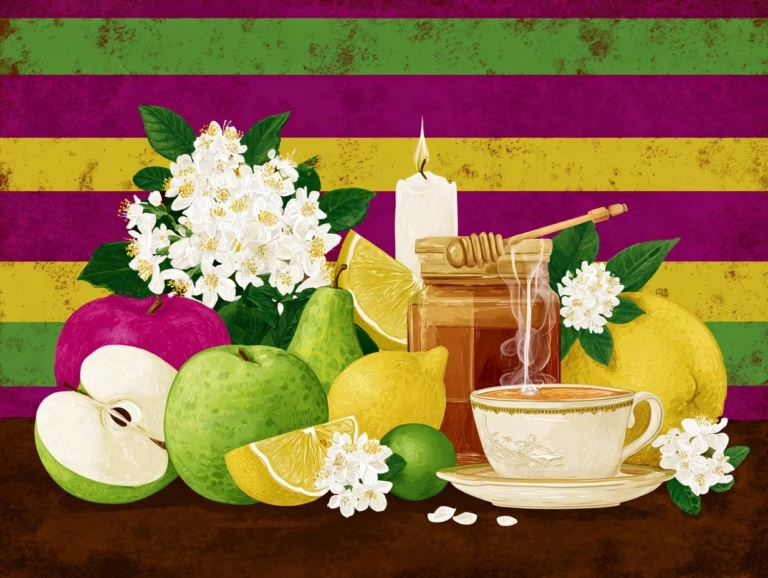Sonoma County: California’s Answer to Burgundy

Your guide to California's most underrated wine region (spoiler: it's giving Burgundy vibes)

Your guide to California's most underrated wine region (spoiler: it's giving Burgundy vibes)

Discover the 5 best floral wines that smell like flowers. Complete guide to Gewürztraminer, Moscato, Viognier, rosé & Nebbiolo with tasting tips.

From bud break to bottle: Learn the 6 stages of grape growing that determine your wine's flavor. A beginner-friendly guide to understanding what happens in the vineyard before wine hits your glass.

Confused by Pinot Grigio vs Pinot Gris vs Pinot Blanc? Our beginner-friendly guide breaks down the differences, best food pairings, and which bottles to buy for every occasion.

Discover why Zinfandel is America's most underrated red wine - from jammy fruit bombs to elegant old-vine treasures

Chenin Blanc is versatile, stylish, and perfect for any occasion. Discover its flavor notes, styles, top regions, and best food pairings in this ultimate guide.